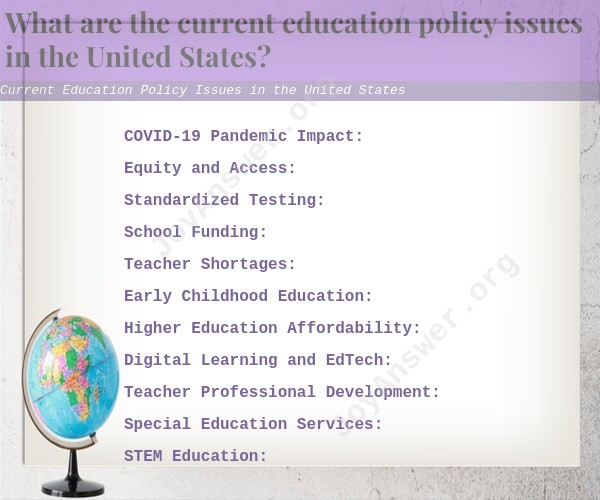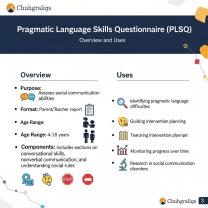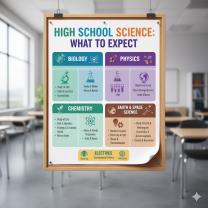What are the current education policy issues in the United States?
Here are some of the key education policy issues that were relevant at that time:
COVID-19 Pandemic Impact: The COVID-19 pandemic significantly disrupted education systems across the country. Issues included remote learning challenges, access to technology and the internet, learning loss, mental health concerns, and strategies for safe in-person learning.
Equity and Access: Disparities in access to quality education remained a critical concern. Disparities were observed in resources, funding, teacher quality, and educational opportunities for minority and economically disadvantaged students.
Standardized Testing: The role and impact of standardized testing on curriculum, student performance evaluation, and teacher evaluations were debated. Some advocated for reduced emphasis on testing, while others emphasized the need for accurate assessment.
School Funding: Funding inequalities between schools in different districts continued to be a major challenge. Adequate and equitable funding was a focus of discussions to ensure that every student had access to a quality education.
Teacher Shortages: Many states faced shortages of qualified teachers, particularly in certain subjects and geographic areas. Attracting and retaining talented educators remained a priority.
Early Childhood Education: The importance of early childhood education was increasingly recognized. Discussions centered on expanding access to quality pre-kindergarten programs and improving early childhood education infrastructure.
Higher Education Affordability: Concerns about the rising cost of higher education and the burden of student loan debt persisted. Discussions included making higher education more affordable, increasing financial aid, and addressing student loan repayment.
Digital Learning and EdTech: The pandemic accelerated the adoption of digital learning tools and technology in education. Discussions revolved around effectively integrating technology into education, ensuring digital equity, and providing appropriate training for educators.
Teacher Professional Development: The need for ongoing professional development for teachers to stay current with best practices and adapt to changing educational landscapes remained a priority.
Special Education Services: The provision of services for students with disabilities, including the implementation of Individualized Education Programs (IEPs), was an ongoing focus, as was inclusion and support for students with diverse learning needs.
STEM Education: The emphasis on science, technology, engineering, and mathematics (STEM) education continued, with a focus on preparing students for careers in these fields.
Civic Education and Social Studies: The importance of teaching civic education, media literacy, and critical thinking skills to foster informed and engaged citizens was recognized.
Please note that the educational policy landscape is subject to change, and new issues may have emerged since my last update. To get the most current information, I recommend checking official government education websites, educational organizations, news sources, and policy reports.












